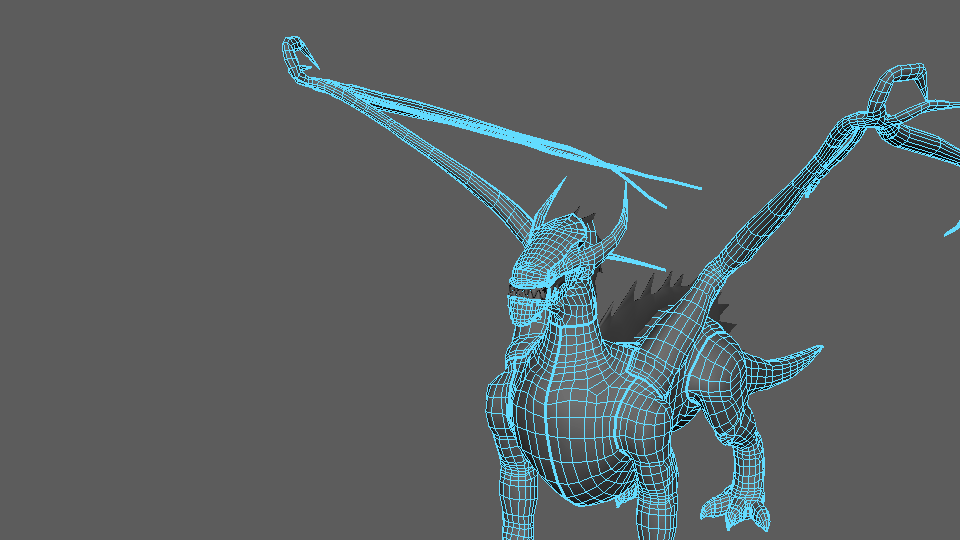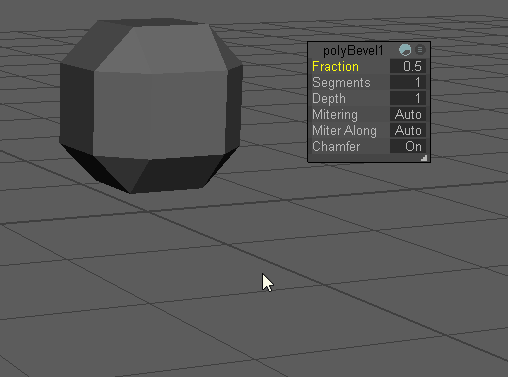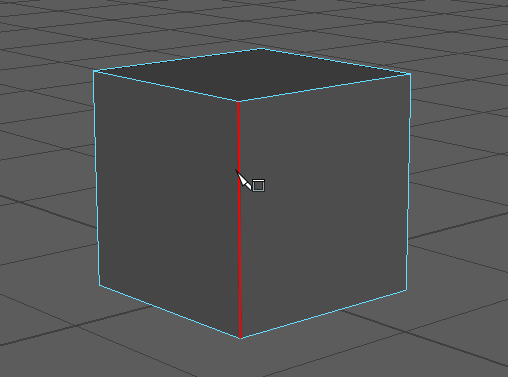In addition to Retopology tools updates and Improved Boolean Operations, Maya 2023 provides modelers with several performance improvements and tool updates to speed up common modeling workflows and produce more predictable results.

Select In-View Editor attributes using hotkeys

- Ctrl + Tab (cycles from the top of the list to the bottom)
- Ctrl + Shift + Tab (cycles from the bottom of the list to the top)
Extrude and bevel marking menu improvements

Improved Multi-Cut tool accuracy

Sculpting tools updates
- The Relax, Smear, Pinch, Grab, and Smooth brushes now support live surfaces. If a live surface is defined when you activate any of these brushes, they automatically snap to the live surface. See Sculpting Tool settings.
- Components that are frozen using the Convert to frozen tool (
 ) now remain frozen after exiting and re-opening the sculpting tools.
) now remain frozen after exiting and re-opening the sculpting tools.
Improved edge loop cap
You can now use the Insert Edge Loop tool to insert up to 1000 edge loops at once, giving you the ability to create more detail on meshes. See Insert Edge Loop Tool options.
Predictable extrude thickness
Updates to the extrude thickness algorithm let you maintain a uniform thickness across an entire object, providing more predictable results.
Customize crease set color
Override Default Component Color is now supported in Viewport 2.0., giving you a way to differentiate between crease sets on your models. Simply select the crease set node in the Attribute Editor and turn on Set Options > Override Default Component Color.
Modeling performance improvements
- Improved Quad Draw performance speeds up quad creation and point placement on dense meshes.
- Modeling nodes are now cached, providing performance improvements when many nodes are added to modeling construction history.
- Modelers can now enjoy improved interactivity when editing components on dense meshes:
- The update of normals is now paused while interacting with mesh component selections, providing faster manipulation when working with small component selections on a dense mesh.
- Viewport performance has been improved when transforming component selections with inconsistent component IDs.